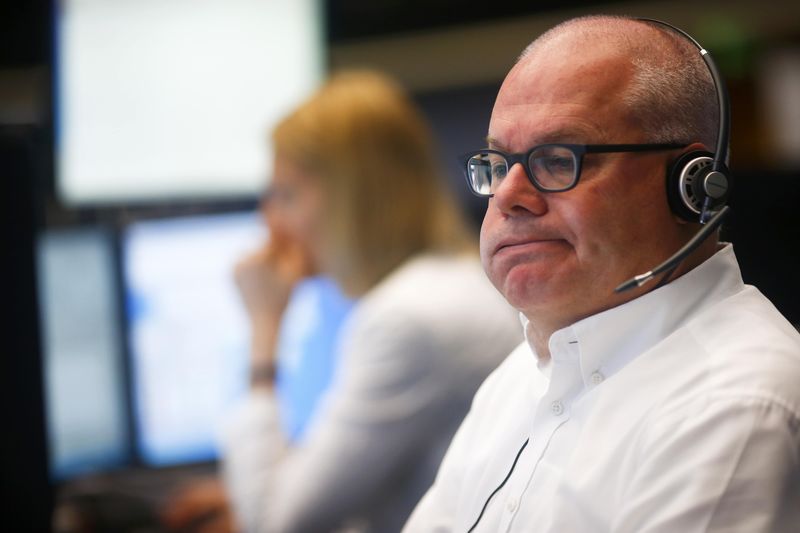Quiver Quantitative - Wall Street experienced a downturn in afternoon trading as investors processed the latest Federal Reserve officials' comments and potential shifts in interest rate policies. The statements from Minneapolis Fed Bank President Neel Kashkari, who hinted at possible rate cuts depending on inflation trends, and Richmond Fed President Thomas Barkin, suggesting a wait-and-see approach to inflation, influenced market sentiment. Earlier optimism, spurred by U.S. jobless claims data indicating a rise in unemployment benefits claims, had fueled hopes for rate cuts. However, these expectations were tempered by the realization that current economic conditions might not necessitate immediate rate reductions, as articulated by Oliver Pursche of Wealthspire Advisors.
The impact of these Fed observations was reflected in key U.S. stock indexes. The Dow Jones Industrial Average (DIA) saw a decrease of 0.73%, while the S&P 500 (SPY (NYSE:SPY)) and the Nasdaq Composite (QQQ) dropped by 0.43% and 0.3%, respectively. These declines underscored the market's sensitivity to the Fed's policy outlook and the broader implications for economic growth and inflation. Investors remain alert to shifts in these economic indicators, recognizing their significant influence on market movements and investment strategies.
Market Overview: -U.S. stocks closed lower on Thursday due to conflicting messages from Federal Reserve officials regarding interest rate cuts. -Dow Jones fell 0.73%. -S&P 500 dipped 0.43%. -Nasdaq retreated 0.3%.
Key Points: Federal Reserve comments created uncertainty: -Minneapolis Fed President Kashkari suggested potential rate cuts, then backtracked. -Richmond Fed President Barkin advocated waiting on rate cuts until inflation stabilizes. -Higher-than-expected jobless claims initially boosted hopes for a dovish Fed, but enthusiasm waned. -Levi Strauss (LEVI) defied the market trend, surging after raising its annual profit forecast due to cost-cutting measures.
Looking Ahead: -Investors await Friday's nonfarm payrolls report for further clues on the labor market and inflation.
Amidst this broader market retreat, apparel giant Levi's stood out with a positive performance. The company's shares surged following the announcement of a raised annual profit forecast. This boost in investor confidence was attributed to effective cost-cutting measures and a reduction in discounts, signaling a robust business strategy capable of navigating uncertain economic waters. Levi Strauss's performance offered a glimmer of hope in an otherwise cautious market environment, reflecting the potential for well-positioned companies to thrive even amid broader economic challenges.
Looking ahead, investors are keenly awaiting the upcoming U.S. jobs report, which will offer further insight into the labor market and inflation trends. Economists anticipate a decrease in nonfarm payrolls for March compared to February, with the unemployment rate expected to hold steady at 3.9%. This data will be crucial in shaping future expectations regarding the Federal Reserve's rate decisions and the overall direction of the U.S. economy, as markets continue to navigate a complex and evolving economic landscape.
This article was originally published on Quiver Quantitative
